Subtotal: ₹110.00
Port Converters, Prime Port Converters, Prime Port Converters
DP (M) TO HDMI (F) 4K PRIME ADAPTOR, LENGTH 1.8M -ADP-DH-1184
- DisplayPort (Male) to HDMI (Female) 4K Adapter (1.8m) Connects DisplayPort-enabled devices to HDMI displays, supporting resolutions up to 4K
- Supports 4K (3840×2160) @30Hz , 1080P@60Hz, 3D vision.
- Supports HDMI 225MHz/2.25Gbps per channel bandwidth,
- Gold-plated connectors; Triple shielding to reduces interference
- Plug-and-Play, ARC, DOLBY AUDIO
- Cable length 1.8 m
- 1 Year replacement warranty
₹440.00 ₹599.00
Bulk Quantity Discounts!
1 - 4
pieces
₹440.00
5 - 9 pieces
₹425.00
(3% off)
10 - 19 pieces
₹410.00
(6% off)
20+ pieces
₹400.00
(9% off)
| brands | AdNet |
|---|
Based on 0 reviews
Only logged in customers who have purchased this product may leave a review.


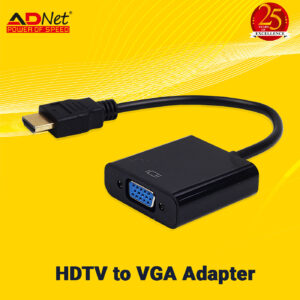 HDMI TO VGA CONVERTER/ADAPTER
HDMI TO VGA CONVERTER/ADAPTER 
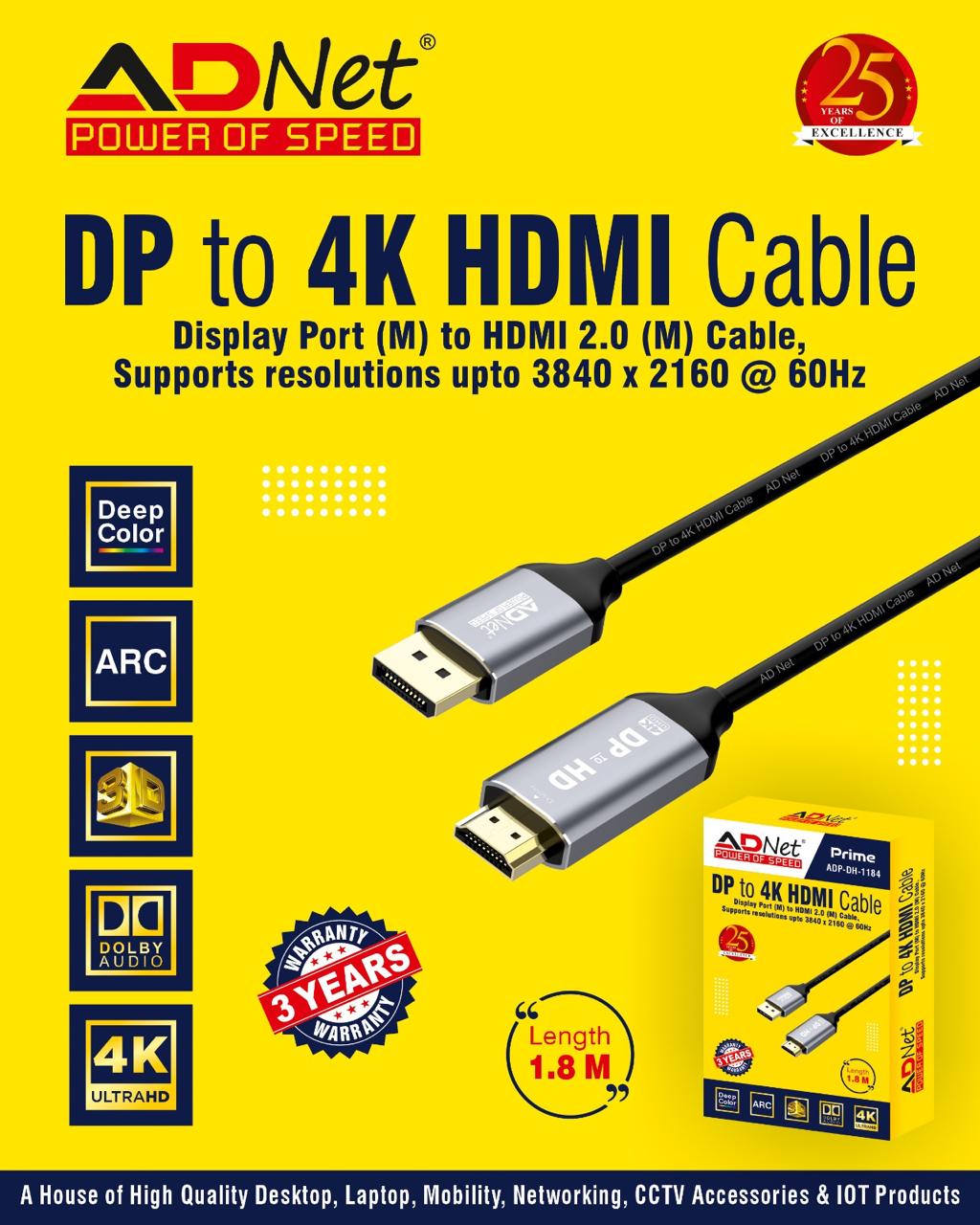




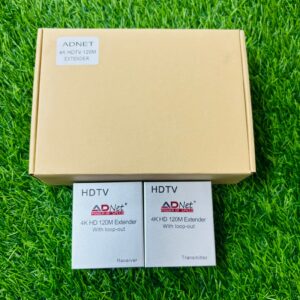
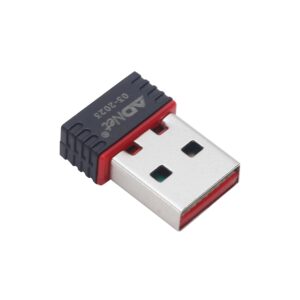
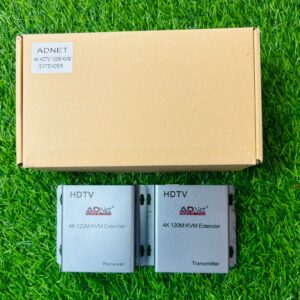
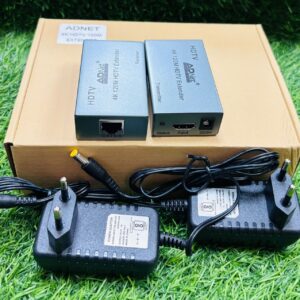


There are no reviews yet.